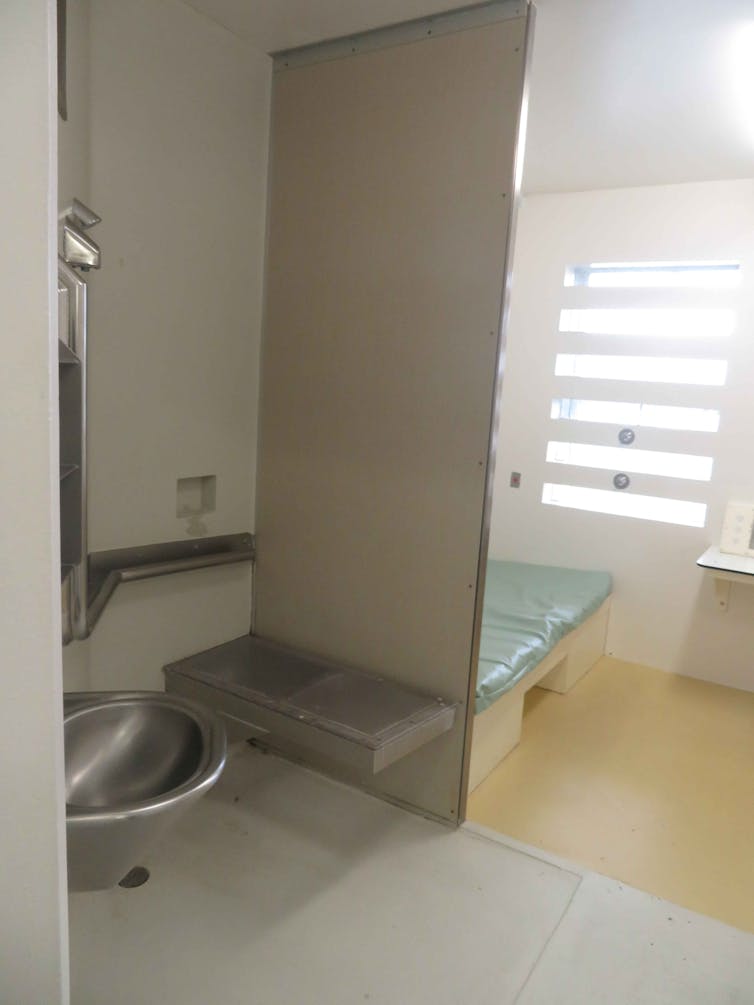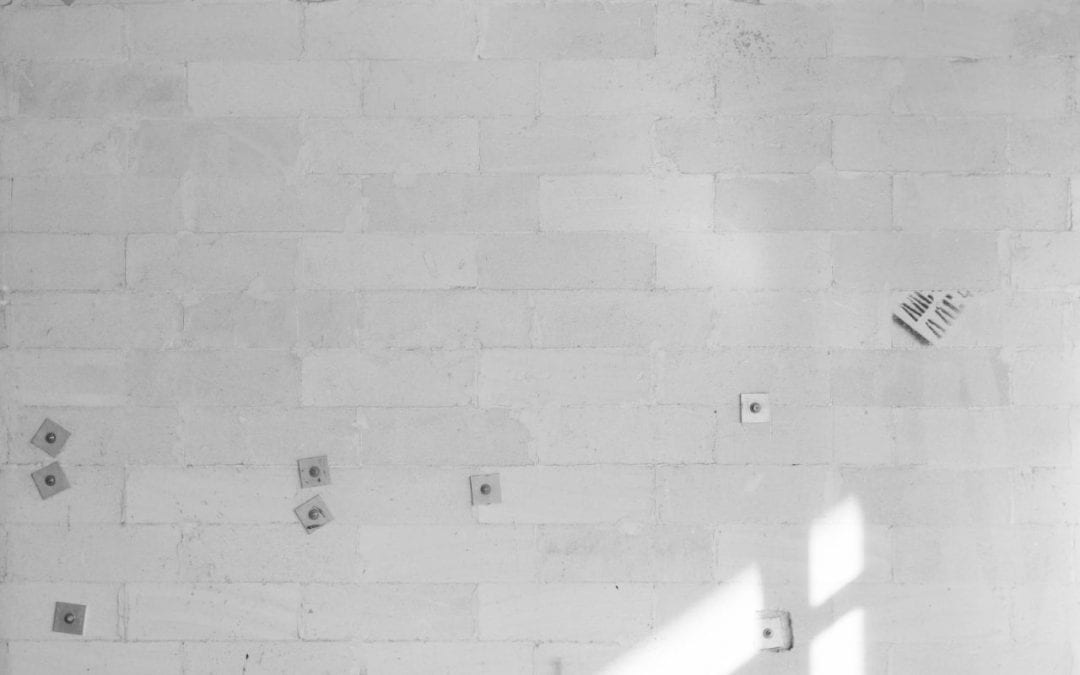Words by Christine McCarthy, Te Herenga Waka — Victoria University of Wellington
Photo by Brands&People on Unsplash
It is hard to find much joy in the Prison Inspectorate’s report on segregation and cell confinement released today. It finds many prisoners in New Zealand are kept in solitary confinement and suffer negative psychological and physical effects.
The report follows the 2021 finding that female prisoners were segregated without due process, and the Ombudsman’s statement last year that legal reform is needed “to ensure that New Zealand meets its international human rights obligations with respect to solitary confinement and PSC [prolonged solitary confinement]”.
Two things in particular stood out for me in the report: the Inspectorate’s willingness to call segregation “solitary confinement”, and the inadequate record keeping by the Department of Corrections that is highlighted.
“Segregation” can mean different things in the prison context, making it easy to get bogged down in definitional complexities. Unlike cell confinement, segregation is not a punishment. Instead, it is intended to manage a complex group of people, including supporting those with significant mental health needs, difficult behaviour, or even managing gang affiliations.
It can simply involve separating one group of prisoners from another. Or it can be solitary confinement, isolating a prisoner in their cell for 22 hours or more a day without meaningful human contact.
The report finds that for all intents and purposes “segregation” means “solitary confinement” in New Zealand prisons. And some prisoners experience solitary confinement for months or years.

Dept. of Corrections
‘A dangerous place’
So what does this look like in practice? Imagine being alone in a bleak version of your bedroom – without a phone or clock, with concrete walls, a television (only free channels) and an open toilet.
You’ll get an hour in a concrete yard to exercise, and at least five minutes a week on the phone with friends and family. In some prisons, dinner arrives at 3.30pm. As one prisoner quoted in the report says:
When things get too hard, I wanted to kill myself. I’ve cut myself so many times [… there’s] no-one to talk to.
Segregation includes isolating vulnerable prisoners in “intervention and support units” (ISUs). The picture painted here also lacks hope: stark environments, inaccurate record keeping, sensory deprivation and insufficient social interaction. One ISU prisoner described being “quite lonely”, adding:
Mentally it reminds me of being forced into a cupboard when I was in foster care. I didn’t have any mental health support when I was there – just in my own mind, which can be a dangerous place.
Telling details haunt the report: the removing of cardboard tubes from toilet rolls, coldness due to too few blankets, prohibition of wearing shoes, no books in an ISU dayroom for fear prisoners might eat the pages, and lack of exposure to sunlight requiring prescriptions for vitamin D.
One prisoner describes injuring himself at his first opportunity to run in an open space:
I just couldn’t help myself, fresh air, the wind on my face, and the grass under my feet, you can’t imagine what that feels like after so many years of being locked in a concrete box.

Dept. of Corrections
Impacts on prison staff
Research has demonstrated the psychological trauma, harm to mental health and problems with physical health that solitary confinement can cause. One prisoner put it this way in the report:
Alone in my cell for days, used to often lead me to be frustrated, which led to anger and in turn led to violence. [I] caused a lot of violence in the cells.
These conditions undermine normal socialisation. Twinned with the lack of access to rehabilitation that the Inspectorate also identifies, segregation cannot be good preparation for release into the community.
The harm caused by such treatment may become permanent after 15 days. This is the threshold defined by the United Nations between “solitary confinement” and “prolonged solitary confinement”, as set out in its “Mandela Rules”.
This is not just a problem for the prisoners. It also has an enormous impact on an already fatigued workforce. As the report states, employees “felt like they had been trained as custodial staff but were being asked to manage prisoners with mental health issues”.
A watershed moment
The report estimates about 29% of prisoners were segregated during the year of the review (October 1 2020 to September 30 2021). This is within a system where only 16% of prisoners have maximum or high-security classifications. Of all those segregated prisoners, 63% were Māori.
But the report gives only a glimpse into solitary confinement, due to what it identifies as unreliable paperwork and inaccurate data.
Nonetheless, it represents a watershed moment. Important recommendations are made to address key areas of concern. The Department of Corrections can no longer say solitary confinement is not used in New Zealand. Nor can it deny that, for a significant number of prisoners, this confinement is prolonged.
The fact that the department has accepted the Inspectorate’s recommendations should materially improve prisoner experience of segregation, and mean transparent reporting of demographic data and incidents of self-harm.
This is long overdue. As one prisoner noted, describing solitary confinement’s profound isolation: “There is only so much colouring in you can do.”![]()
Christine McCarthy, Senior Lecturer in Interior Architecture, Te Herenga Waka — Victoria University of Wellington
This article is republished from The Conversation under a Creative Commons license. Read the original article.

